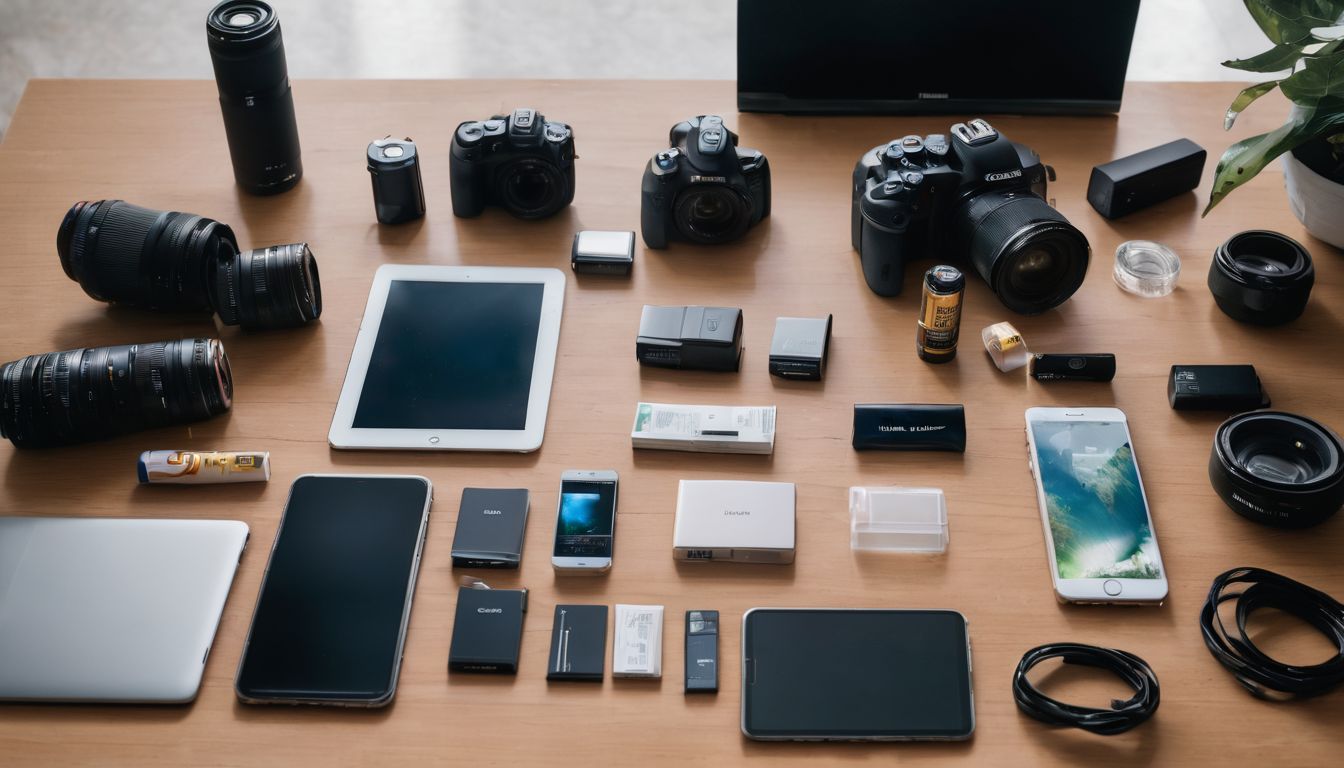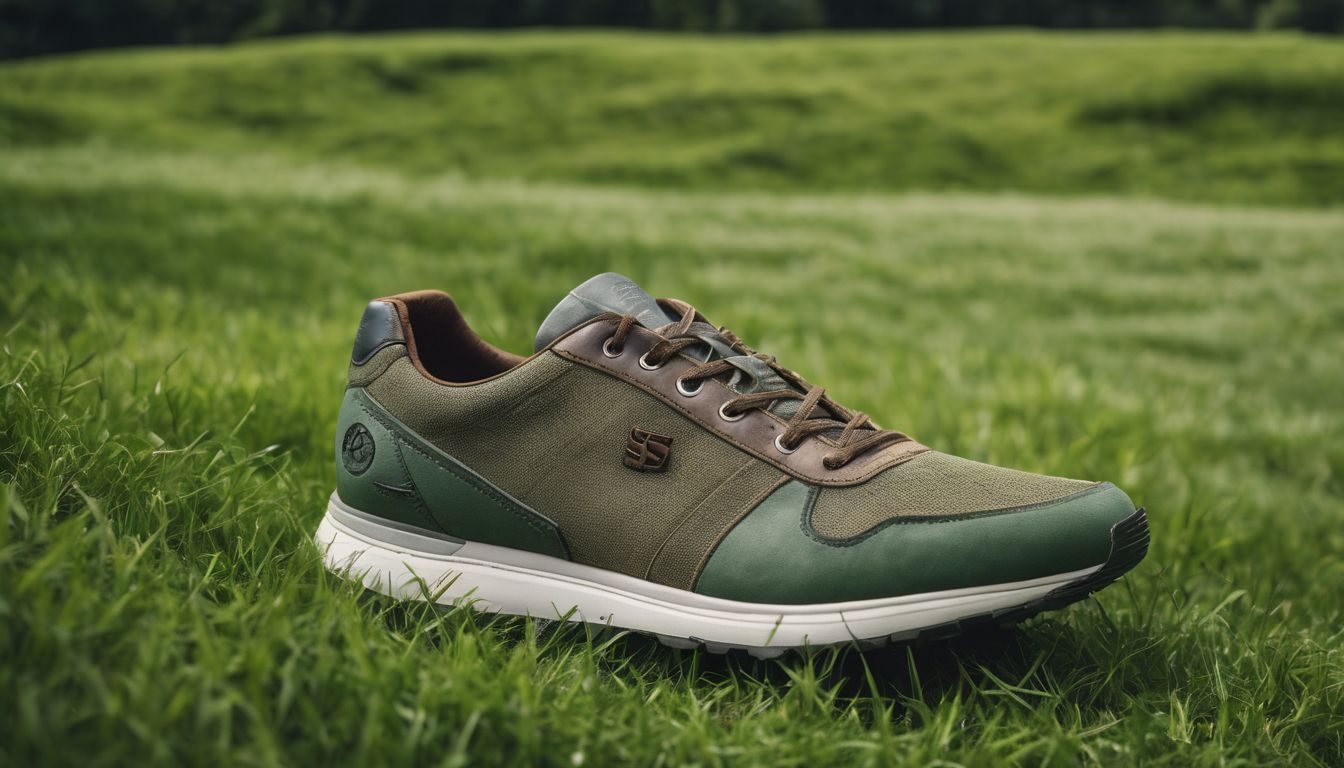Plastic is everywhere. It is widely used to store our everyday use of foods and beverages. As we may have become accustomed to the convenience, durability, and accessibility of plastic, it is important to use it responsibly. Most plastic products are made from petroleum (a non-renewable resource) and create a large volume of waste in our environment. The manufacturing and incineration of plastic contributes to air and water pollution, and some plastic used in the food and beverage industry has been found to leach chemicals. Additionally, even if you have a recycling service at your home and/or office, not all plastic is recycled by all providers and you should find out which number plastic your provider recycles. The good news is that there are simple alternatives to the health risks and environmental concerns caused by plastic products, as are discussed at the end of this guide. But first, here is a brief introduction to the different types of plastic you can expect to use:
1 – PETE: Polyethylene terephthalate ethylene-used for soft drink, juice, water, peanut butter, detergent, and cleaning product containers.
2 – HDPE: High density polyethylene-used in opaque plastic milk and water jugs, some plastic bags, bleach, detergent, and shampoo and conditioner bottles. This is one of the more universally recyclable plastics.
3– PVC or V: Polyvinyl chloride-used for cling wrap, some plastic squeeze bottles, cooking oil and peanut butter jars, detergent and window cleaner bottles.
4– LDPE: Low density polyethylene-used in grocery store bags, most plastic wraps, and some bottles.
5– PP: Polypropylene-used in most Rubbermaid, deli soup, syrup and yogurt containers, straws and other clouded plastic containers, including baby bottles.
6– PS: Polystyrene-used in Styrofoam food trays, egg cartons, disposable cups and bowls, carry-out containers, and opaque plastic cutlery.
7– Other: Usually polycarbonate-used in most plastic baby bottles, 5-gallon water bottles, “sport” water bottles, metal food can liners, clear plastic “sippy” cups, and some clear plastic cutlery. New bio-based plastics may also be labeled #7 and they are safe to use. Products labeled as bio-based are a form of plastic made from renewable biomass sources such as vegetable oil, corn starch, or pea starch-as opposed to petroleum.
As mentioned above, because plastic is made from petroleum-based chemicals, it is advised to avoid using plastics 3, 6, & 7 as much as possible, and here’s why:
3– PVC: Commonly contains di-2-ehtylhexyl phthalate (DEHP), an endocrine disruptor and probable human carcinogen, as a softener.2
6– PS: This plastic is know to leach styrene, a possible endocrine disruptor and human carcinogen.3 It is also know as styrofoam and is used to make things such as cups and meat trays. The temperature from the food or liquid put into containers made from this plastic plays a big part in how much stryrene leaches in.4
7– Other: Made from different types of resins that can not be categorized in the other 6 categories may contain the hormone disruptor bisphenol-A, which can leach out as containers age, are heated or exposed to acidic solutions.5 Things made from the miscellaneous category are things like baby bottles, 5 gallon containers, computer cases, some food containers and many other products.6 Mixed within this category is a newer bio-based plastic that may also be labeled as “PLA” or “compostable” these are much safer to use.7 Many companies that make sports bottles with this plastic are switching to BPA free products. Check out nalgenechoice.com, rei.com/BPA+Free+Water+Bottles, for lists and more information regarding such products.
https://web.archive.org/web/20160404015615if_/http://www.youtube.com/embed/YcLS_FF6wfs 8
There are ways to minimize the harmful effects of plastic, without completely eliminating it from your daily activities. Below are tips for safer use of plastics, given by The Institute for Agriculture and Trade Policy9:
1. Do not microwave in plastic containers
Using glass or ceramic containers, free of metallic paint, is safer when reheating food. Chemicals in plastic containers leach when they are heated even if it says it’s “microwave safe.”That label is simply to let you know the container will not be destroyed in the microwave not that it’s safe to heat your food in.
2. Beware of cling wraps
Instead use paper products. You can use paper towels or waxed paper to cover or wrap your foods. If you do use plastic, make sure the food is not touching it and there is a layer between your food and the plastic wrap or container.
3. Avoid bottled water unless you’re traveling or live in an area where the quality of water is questionable.
Bottled water, because it is less regulated, has less-certain purity and safety than tap water, and is much more expensive. If you’re worried about tap water quality, consider installing a home water filter or use an inexpensive filter pitcher. Reduce or eliminate use of plastic bottles to avoid landfill waste and exposure to chemicals that leach from the plastic. You can also look for new biodegradable bio-based plastic water bottles: for example, polylactic acid, or PLA, a corn-based plastic used in a variety of products. Most bio-based products will be labeled as such.
4. If you do use plastic water bottles, take precautions. If you use a polycarbonate water bottle, to reduce leaching of BPA, do not use for warm or hot liquids, and discard old or scratched bottles. Water bottles from #1 or #2 plastics are recommended for single use only. For all types of plastic, you can reduce bacterial contamination by thoroughly washing daily. However, avoid using harsh detergents [or ionic detergents containing sodium lauryl sulfate, sodium laureth sulfate (both acronymed SLS) and their analogs, such as ammonium lauryl sulfate, and ammonium laureth sulfate] that can break down the plastic and increase chemical leaching. It is safest to wash all plastics by hand with dish soap, as hot temperatures and most dishwasher detergents contribute to leaching.
Alternatives to Plastics
Although it is important to be conscience of the plastic you use, it is best to find an alternative to it! Whether it be water bottles, food storage containers, or utensils, other renewable and reusable options usually exist. Below is a list of some of the alternatives you could use:
Glass: Many drinking glasses, liquid storage containers, or food storage containers come in glass. It does not leach and it isrecyclable. You can also clean and reuse glass containers.
Ceramic: You can replace bowls, glasses, plates, etc., with ceramic products. It does not leach and is reusable. You can also find a local ceramics class and make your own!
Stainless Steel: Water bottles, kitchen appliances, utensils, etc. can all be found in stainless steel. It does not leach and is resistant to corrosion, it does not stain, and it can last a lifetime. Using stainless steel reusable water bottles is all the rage and good for the environment!
Aluminum: Like stainless steel, water bottles, appliances, cutlery, etc., can be found in aluminum. It also does not leach, is highly durable, and can most often last a lifetime.
Bio-Based Plastic: It is made from renewable biomass, such as corn or vegetable oil, and can be composted.
Again, if you must stick to plastic, choose wisely.




